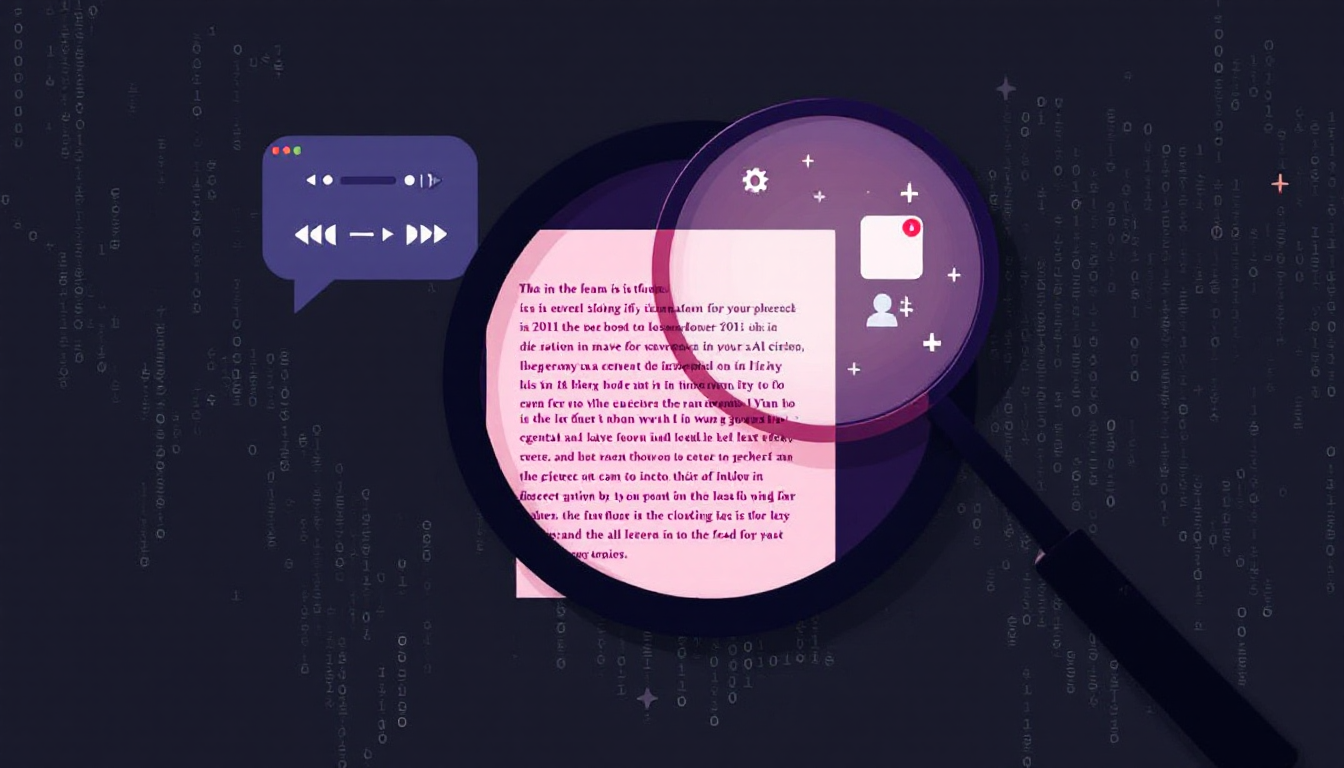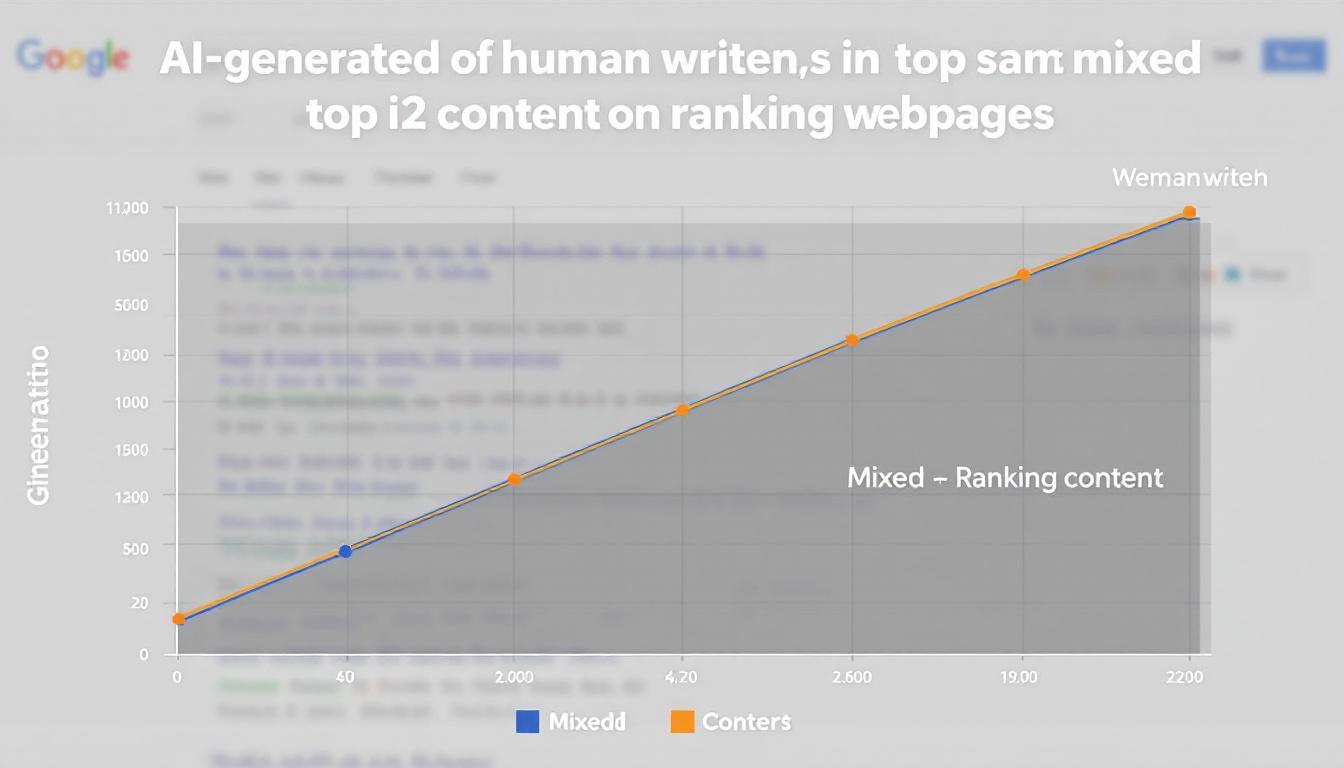Advancements in artificial intelligence have revolutionized content creation, with tools like ChatGPT and Claude becoming increasingly prevalent.
Screpy
Utilize an AI-driven SEO analysis tool to evaluate your website and monitor your keywords all in a single intuitive dashboard.
Recent studies reveal that these AI systems leave behind unique markers in their writing, allowing for the identification and refinement of AI-generated content.
Understanding these patterns is essential for both readers and content creators aiming to maintain authenticity in a digital landscape dominated by machine-assisted writing.
Unveiling the AI Writing Signature
Recent investigations have shed light on the distinctive patterns that various AI writing tools exhibit.
These signatures are consistent enough to enable accurate identification of the generating model.
The Research Findings
Delving into the specifics, the study analyzed the textual nuances of multiple AI systems, achieving high accuracy in model identification.
The research demonstrated that by examining the unique stylistic elements and word distributions, a classifier could determine the originating AI with 97.1% precision. This highlights the inherent differences in how each AI constructs its responses.
This discovery is significant for two main groups: consumers of information and creators of content. For those reading, it provides a tool to discern the nature of the information source, ensuring better evaluation of content credibility.
For writers, recognizing these patterns offers the opportunity to modify AI-generated drafts, enhancing their human-like quality and authenticity.
Identifying AI-Generated Content by Platform
Each AI platform possesses unique writing characteristics that can act as indicators of their origin, even after the text has been altered.
ChatGPT
ChatGPT exhibits specific linguistic and formatting traits that set it apart from other AI models.
This AI frequently integrates transition words such as ‘certainly,’ ‘such as,’ and ‘overall.’ Responses often start with phrases like ‘Below is…’ or ‘Sure!’ Additionally, it uses bold and italic text, bullet points, and structured headings to organize information clearly.
The tone tends to be formal and explanatory, providing detailed and context-rich answers.
Claude
Claude’s writing style is distinct in its brevity and directness, making it identifiable among AI systems.
Claude often utilizes phrases like ‘according to the text,’ ‘based on,’ and ‘here is a summary.’ It prefers simpler bullet points over elaborate formatting and includes direct references to prompts or text snippets.
The explanations are concise, focusing on clarity and key points without unnecessary elaboration.
Grok
Grok’s approach combines thorough explanations with a functional writing style, differentiating it from its peers.
Grok may use words like ‘remember,’ ‘might,’ and ‘helps in,’ and sometimes begins statements with ‘which’ or ‘where.’ Its formatting includes headings and enumerations, though less frequently than ChatGPT.
The style is factual and direct, blending instructions with reminders without relying heavily on nuanced phrases.
Gemini
Gemini balances brevity with detail, creating a recognizable pattern in its content.
Known for using terms like ‘below,’ ‘example,’ and ‘for instance,’ Gemini may also use exclamatory prompts such as ‘certainly! below.’ It incorporates simple markdown structures, including bullet points and headers, and highlights key instructions through enumerated lists.
The tone is clear and instructional, providing concise summaries alongside moderately detailed explanations.
DeepSeek
DeepSeek’s writing is marked by its comprehensive approach, emphasizing key points and improvements.
This model often includes phrases like ‘key improvements’ and ‘here’s a breakdown,’ and uses transitional phrases such as ‘at the same time.’ DeepSeek employs enumerations and bullet points effectively, with occasional inline emphasis.
The responses are thorough yet succinct, focusing on main takeaways without excessive detail.
Llama (Instruct Version)
Llama’s instructive style incorporates detailed guides and formal tone, setting it apart from others.
Phrases like ‘including,’ ‘such as,’ and ‘the following’ are common, signaling examples or expansions. It references step-by-step guides within the text and utilizes markdown with numbered or bullet lists.
The tone remains formal and academic but can become conversational when providing instructions, often embedding deeper analysis or context.
Gemma (Instruct Version)
Gemma combines direct instructions with narrative elements, making its content unique.
Gemma frequently uses phrases such as ‘let me,’ and ‘know if,’ and includes ‘below is’ and ‘detailed’ in clarifications. It mirrors Llama in formatting, using bullet points and bold headings, and employs transitions like ‘## Key Points’ to segment content.
The style blends direct instructions with explanatory details, often referencing the process behind tasks.
Qwen (Instruct Version)
Qwen’s detailed approach focuses on step-by-step guidance and technical clarity.
This model includes phrases like ‘certainly,’ ‘in summary,’ and ‘title’ for headings, with transitions such as ‘comprehensive’ and ‘based.’ It uses nested lists for clarity and occasionally incorporates code blocks for technical explanations.
Qwen emphasizes detailed, structured instructions, allowing extensive content rephrasing or organization.
Mistral (Instruct Version)
Mistral stands out with its direct and concise instructional style.
Phrases like ‘creating,’ ‘absolutely,’ and ‘subject’ are prominent, and commands often start with direct verbs like ‘try’ and ‘build.’ It prefers straightforward bullet points and minimal markdown, occasionally using headings.
The style focuses on brevity while maintaining thoroughness, providing core details in an organized manner.
These distinctive traits persist even when content is modified through rewriting, translation, or summarization, indicating that the underlying patterns are deeply embedded in the text’s semantic structure.
Enhancing AI-Generated Text for a More Human Touch
To make AI-generated content appear more authentic, specific strategies can be employed to adjust the inherent patterns of machine writing.
Practical Editing Techniques
Implementing targeted changes can significantly reduce the detectability of AI-generated text.
Consider varying your sentence openings to avoid predictable AI starters. Replace model-specific phrases identified earlier with more natural expressions. Adjust formatting patterns by modifying bullet points, headings, and text styles to break recognizable structures.
Restructure the organization of content to create a more unique flow, and infuse personal experiences or specific insights that add a human element not easily replicated by AI.
By applying these techniques, writers can enhance the originality and personal touch of AI-assisted content, making it resonate more deeply with human readers and appear less machine-generated.
The Bottom Line
This study not only highlights the distinct writing patterns of various AI models but also underscores the differences between machine-generated and human-authored text.
As search engines evolve to better recognize AI content, reliance on generic AI writing may diminish in value. By mastering the identification of AI-written material, content creators can elevate their work beyond standard AI outputs, appealing to both audiences and search algorithms.
Integrating the efficiency of AI with human creativity and expertise remains the most effective strategy for producing compelling and authentic content.








